
Gather, Planeswalkers! A Mystery Unfurls at Gnome Games!
Dust off your sleuthing skills and sharpen your spellcasting focus, for Gnome Games invites you to an event unlike any other: Murder at the Gnome Games: a Magic: the Gathering Prerelease like no other, shrouded in the chilling mystery of Murder at Karlov Manor Prereleases that only you can solve!
Prepare to step into the vibrant world of mystery at your favorite Gnome Games store, as it is transformed into a scene of intrigue and suspense. A beloved figure has fallen, and sinister whispers hang heavy in the air. Could it be the charismatic, competitive Barnaby “Mana Burn” Bolt, forever vying for supremacy? Or perhaps the gentle Lyra “Land Whisperer” Willowbrook, championing environmental awareness? Every Planeswalker amongst us becomes a suspect, and every card cast holds a clue.
Solve the Mystery – Intrigue at Gnome Games: A Murder Mystery at the Magic the Gathering Karlov Manor Prerelease
Hark, Planeswalkers! There has been a murder at Gnome Games and we need your help to solve the mystery!
For one event at each store only, Gnome Games transforms into a stage for murder and mayhem. You are no longer just patrons seeking prereleases and preordained packs. You are investigators, thrust into a tangled web of deceit and suspicion.
Unravel the clues as you play in the Magic the Gathering Murders at Karlov Manor Prerelease.
Decipher cryptic messages, untangle alibis, and navigate hidden passages. Use your strategic minds and collaborative spirit to interrogate suspects, analyze evidence, and piece together the puzzle before the final match is played. In the spirit of Magic the Gathering, you’ll earn more than more boosters when you win a match; clues are truly what you seek!
Will you become the champion of justice, unmasking the killer and claiming victory? Or will you succumb to the shadows, forever trapped in the web of Karlov Manor’s deadly secrets?
The stakes are high, the mystery awaits, and the fate of Gnome Games hangs in the balance.
Gather your Planeswalker companions, sharpen your wits, and step into the shadows. The hunt for the murderer in afoot!
What to expect at the Murder at Karlov Manor Murder Mystery Prereleases
- Interactive murder mystery gameplay: Play prereleases, gather clues, and uncover the truth through deduction and collaboration.
Sweet eats and treats: enjoy some fine cheesecake delights, but beware – even the delicious temptations may contain clues!
Engaging characters: Each guest becomes a suspect with their own secrets and motives.
Twists and turns: Be prepared for red herrings, hidden passages, and a jaw-dropping reveal. - Magic the Gathering Gameplay – 3 rounds of Sealed Magic the Gathering Prerelease fun! Win a Match, Win a Murder at Karlov Manor Play Pack (and earn a clue to help solve the mystery)
- An event filled with loads of thrills and laughter: Enjoy camaraderie, competition, and the unforgettable experience of solving a magical murder mystery.

Here are the event times and locations:
Preregister Online and reserve your seat today!
Murder Mystery at the Magic Murder at Karlov Manor Prerelease
Gnome Games Appleton
Friday Feb 2 at 6 PM (32 Player Cap)
https://gnomegames.com/event/murder-mystery-at-karlove-manor-prerelease-appleton/
Murder Mystery in the Shadow of Lambeau Murder at Karlov Manor Prerelease
Gnome Games Green Bay West
Friday Feb 2 – 6 pm
https://gnomegames.com/event/murders-at-karlov-manor-mystery-prerelease-green-bay-west/
There’s Been A Murder at Gnome Games Green Bay East Magic Prerelease
Gnome Games Green Bay East
Saturday Feb 3 – 1 PM
https://gnomegames.com/event/theres-been-a-murder-at-gbe/
Murder Mystery at The Gnoshery Magic Murders at Karlov Manor Prerelease –
The Gnoshery – Sturgeon Bay
Friday Feb 2 – 5 PM
https://the-gnoshery.com/event/murder-at-karlov-manor-prerelease-the-gnoshery/
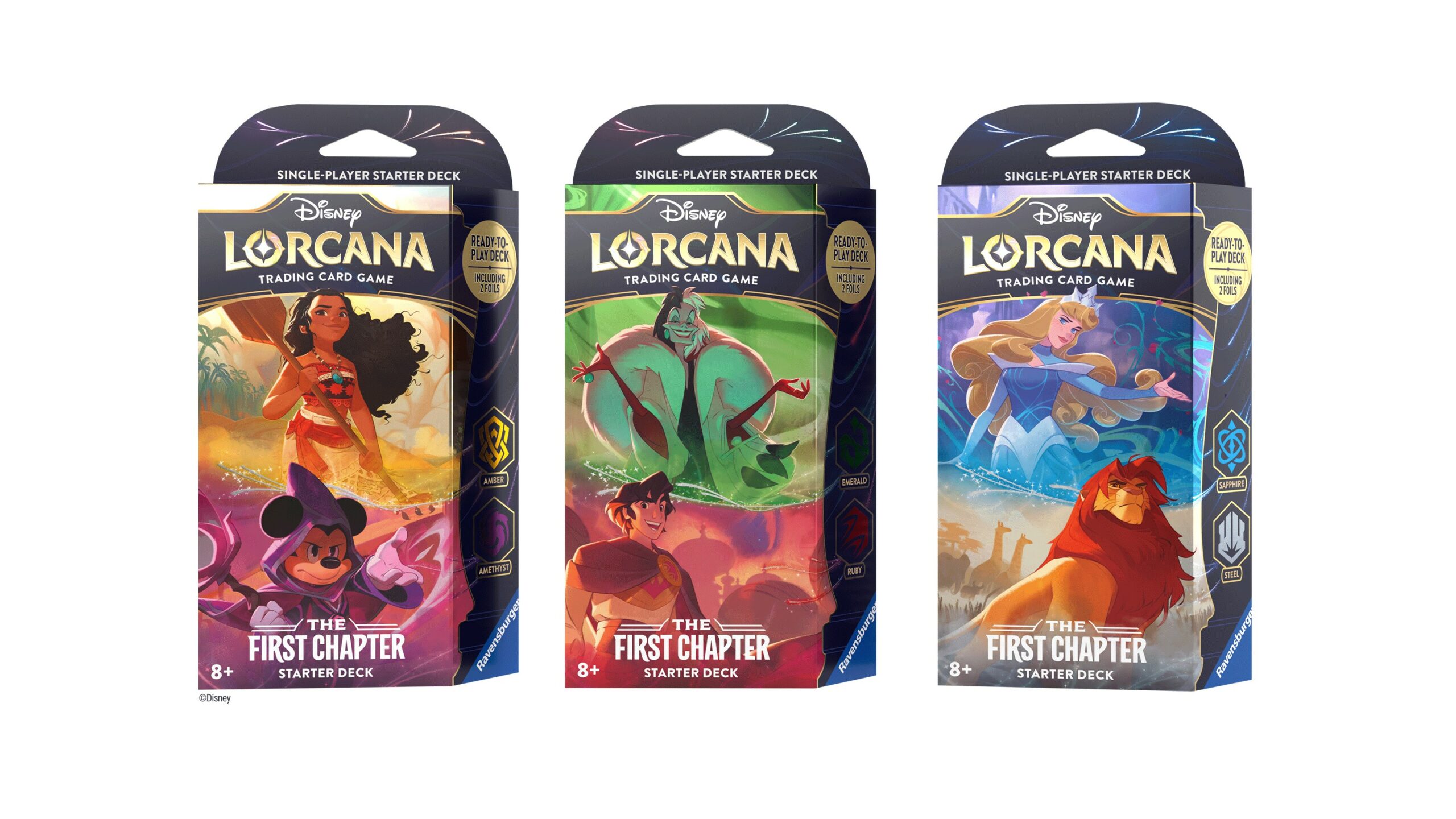
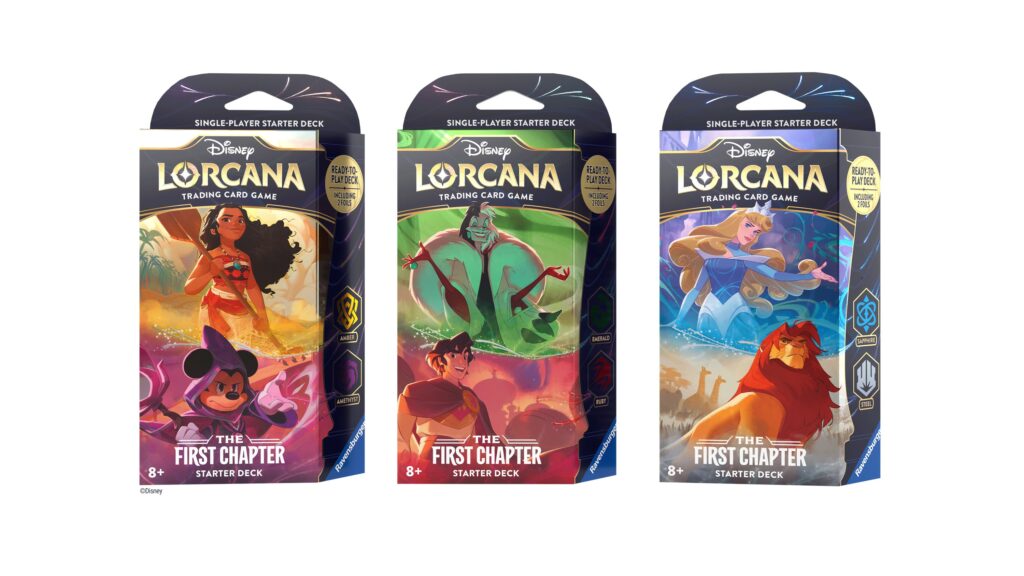
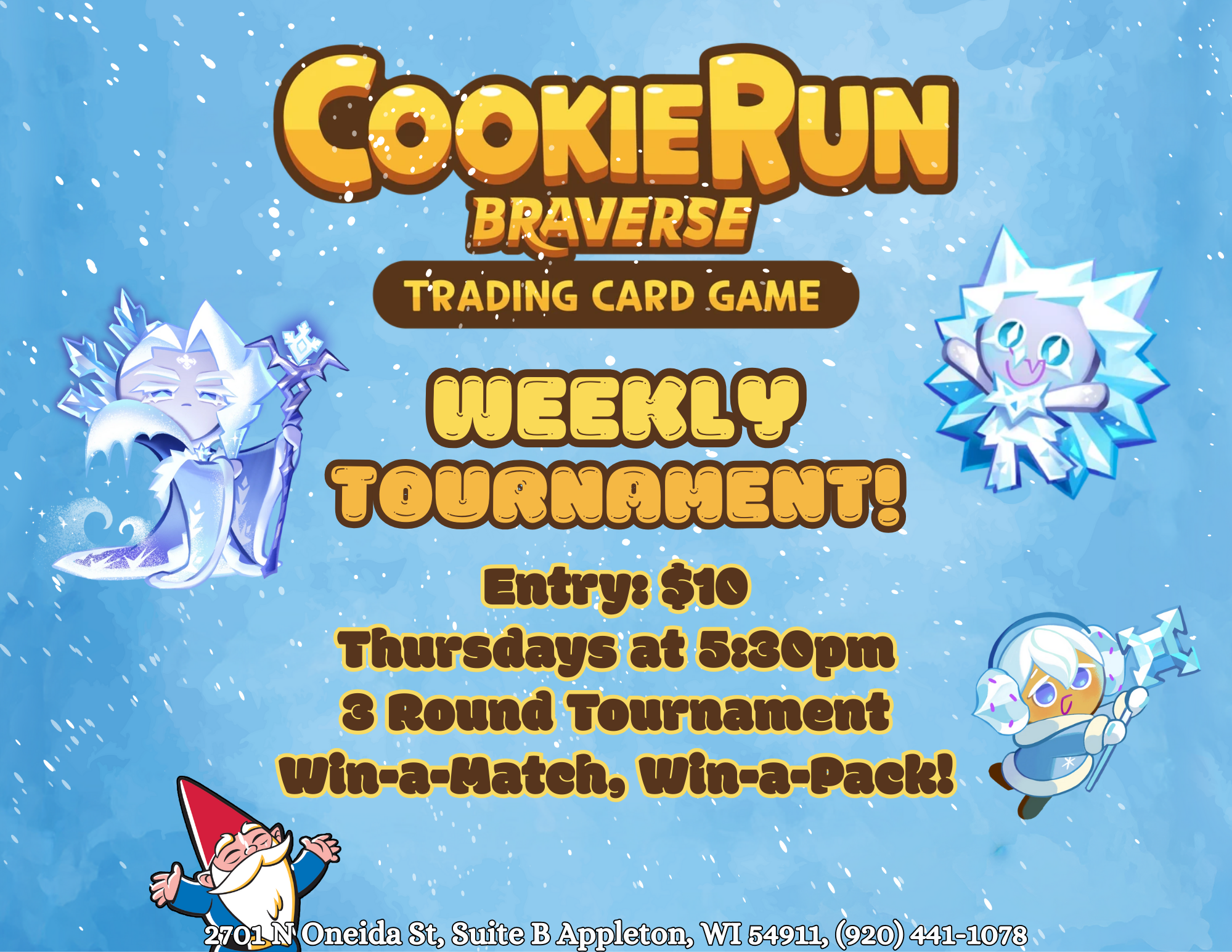
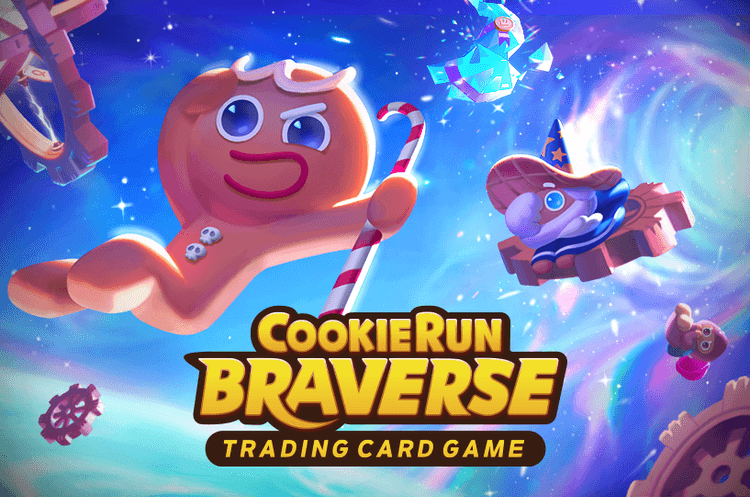
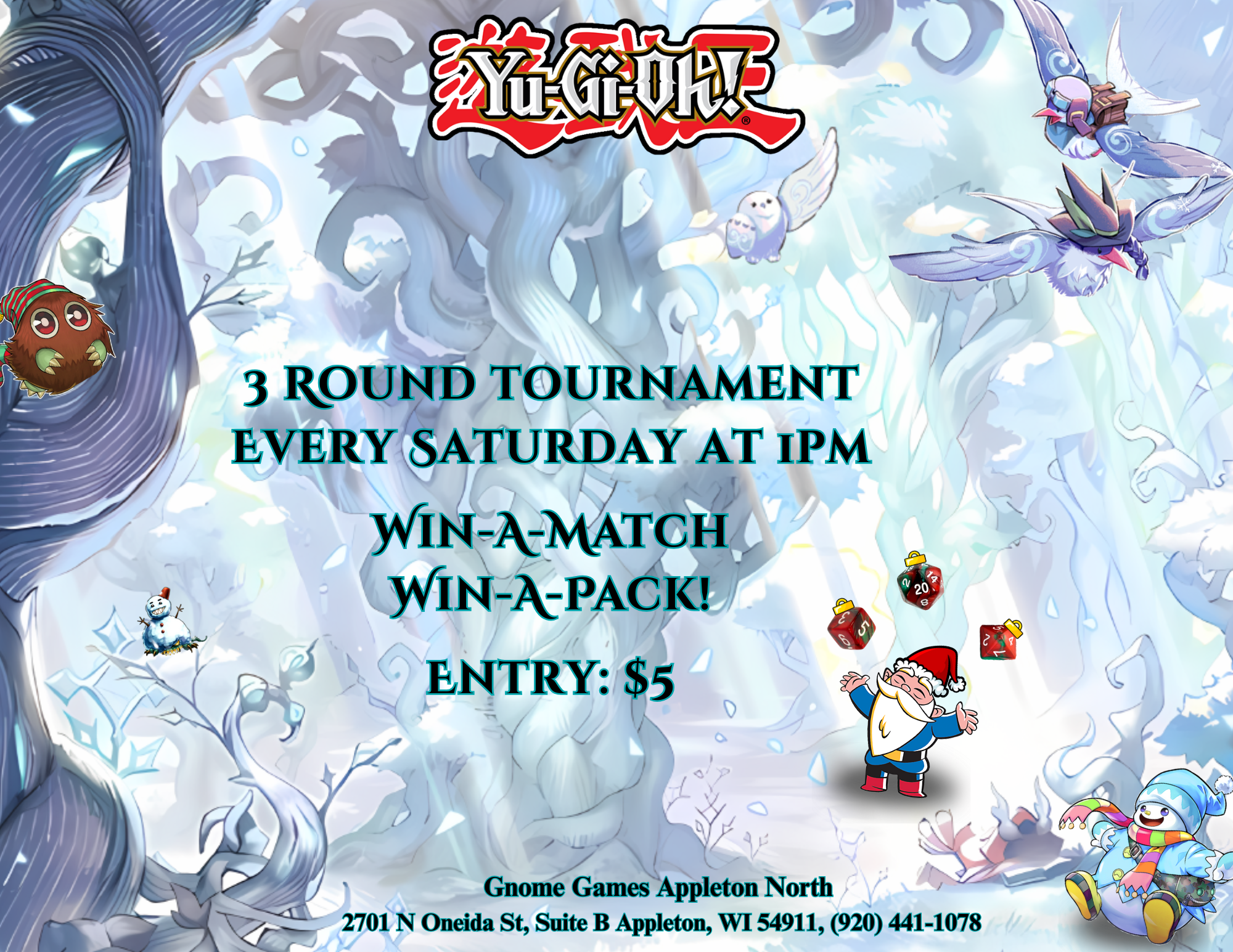

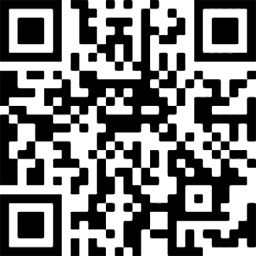
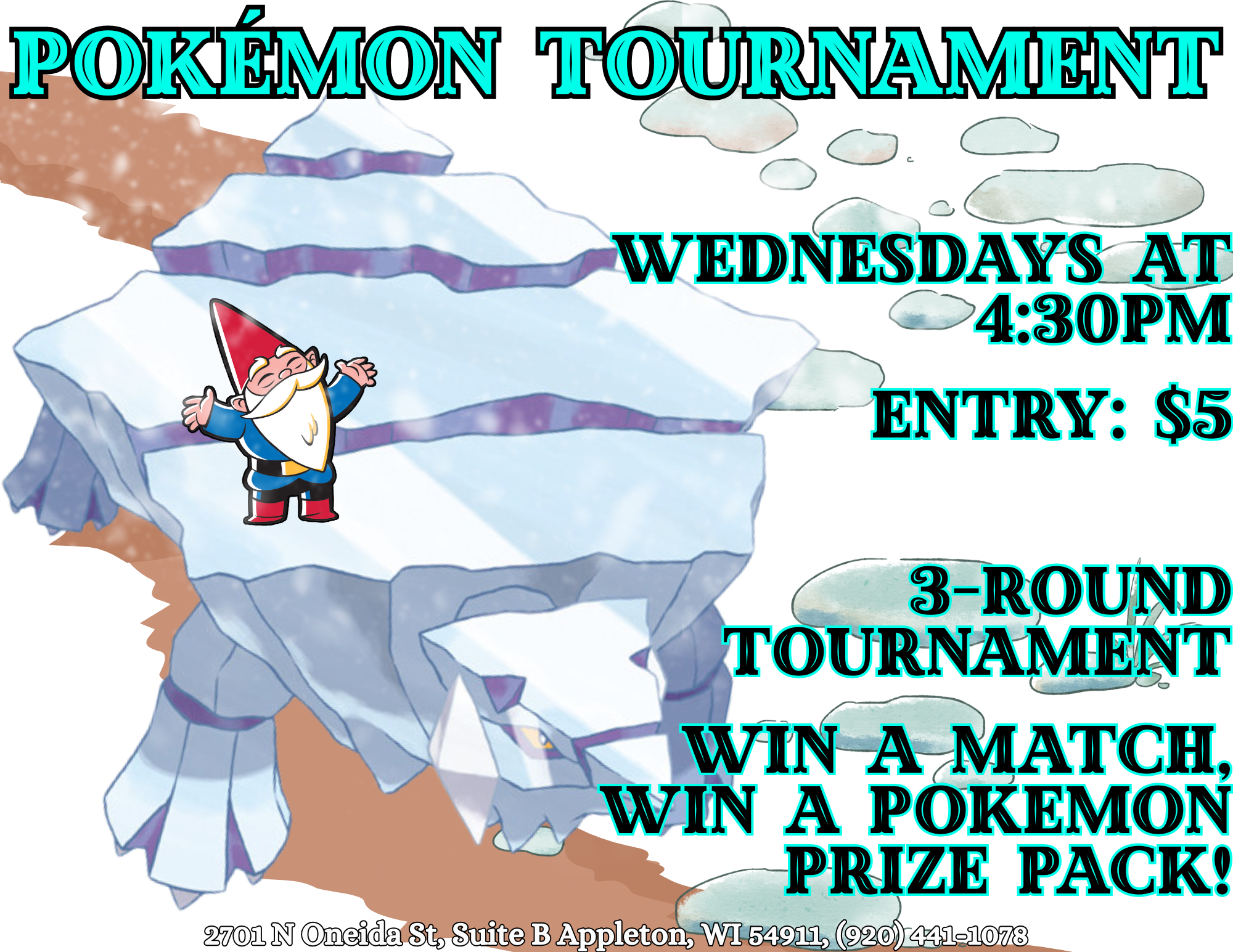
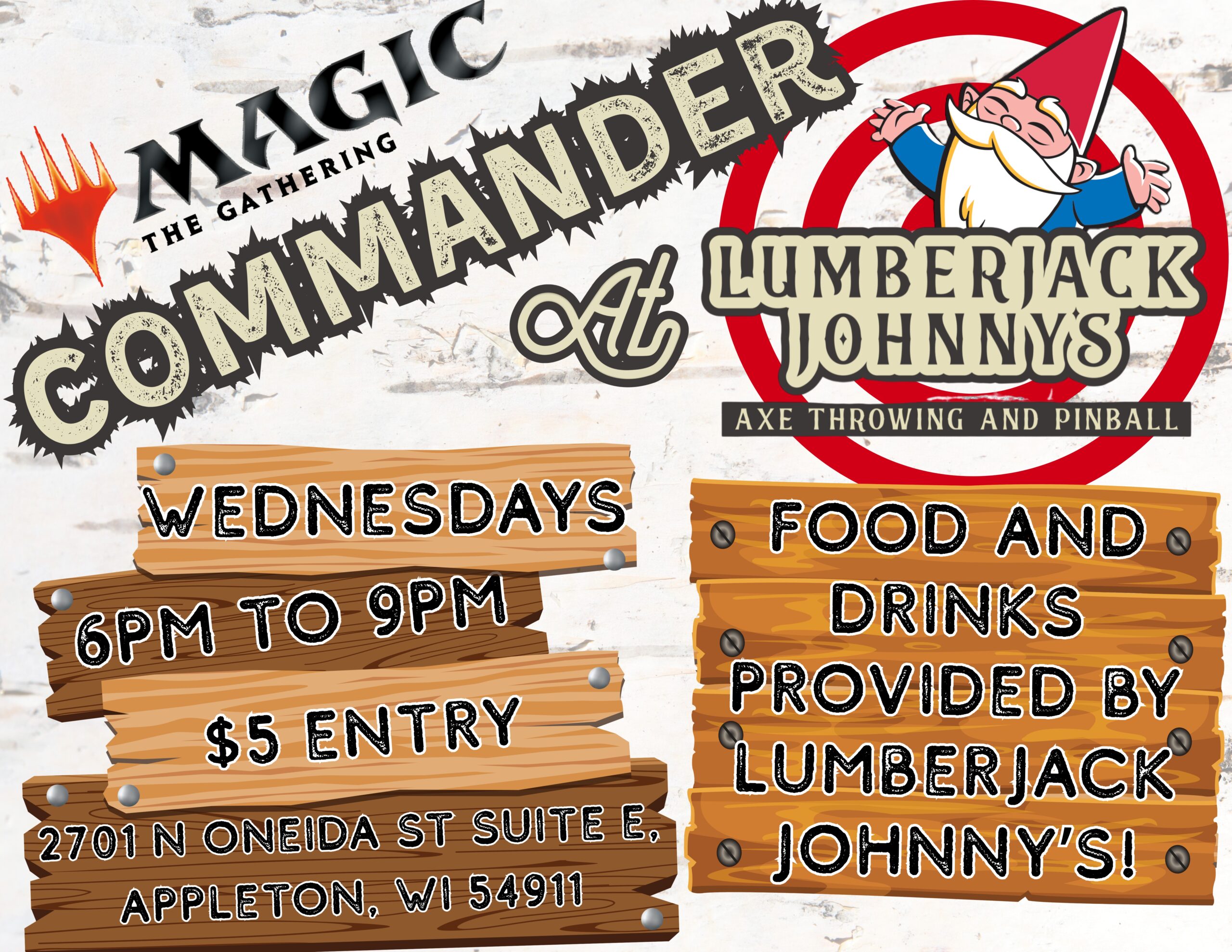
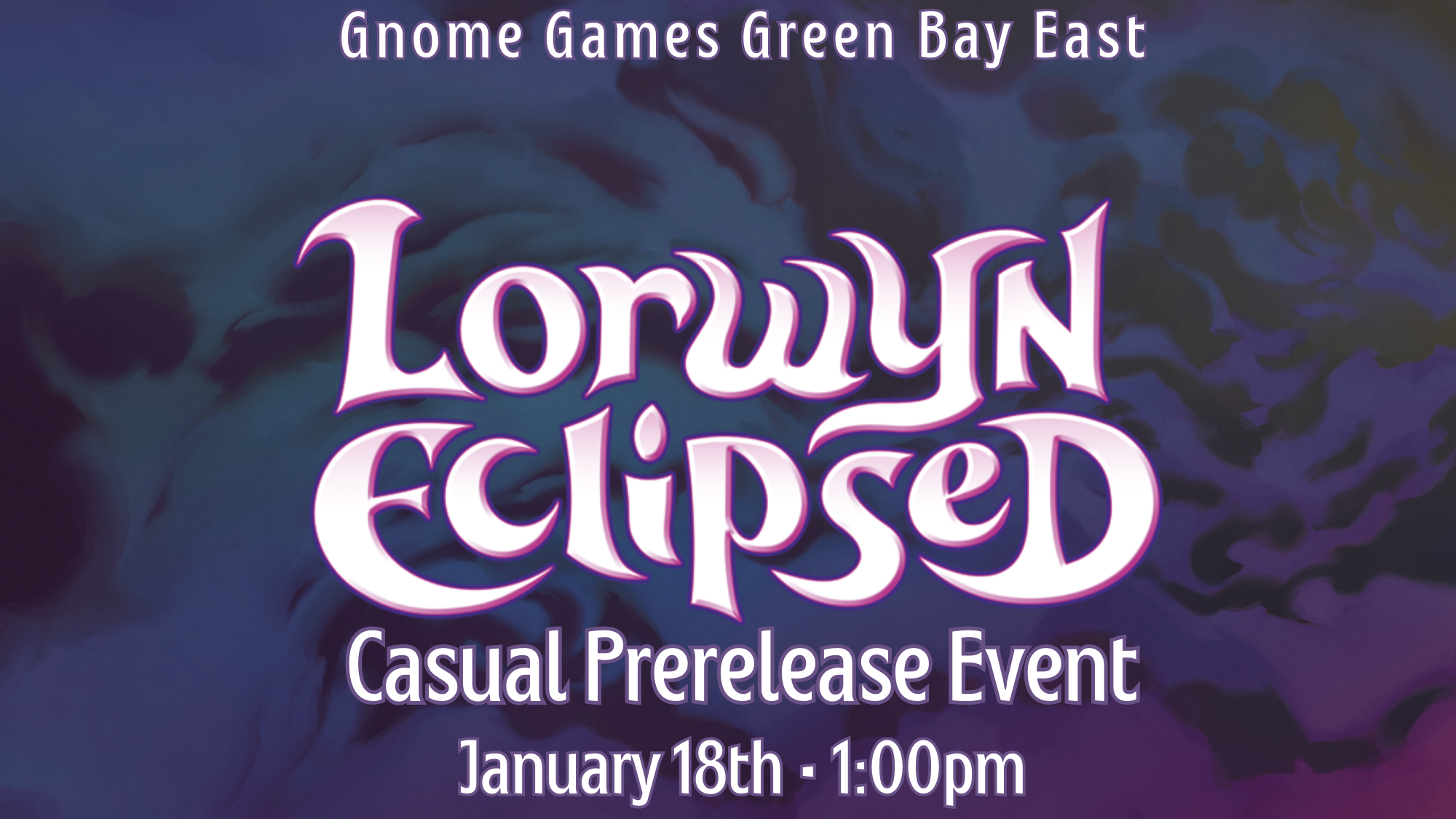
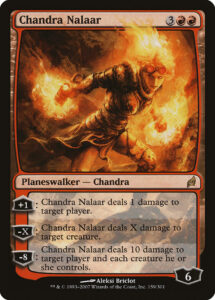 Magic is a collectible trading card game of fun-filled, strategic games to play with friends old and new. Welcoming worldbuilders, narrative lovers, and gameplay enthusiasts alike, Magic has something for everyone and countless ways to play. Each of the five colors in Magic represent a different philosophy and a different playstyle. Choose your color(s) to decide which type of land you’ll be drawing resources (mana) from and what type of Magic you’ll wield. Magic has thousands of cards so you can always find a way to express yourself on the battlefield! Looking to learn more? Check out the
Magic is a collectible trading card game of fun-filled, strategic games to play with friends old and new. Welcoming worldbuilders, narrative lovers, and gameplay enthusiasts alike, Magic has something for everyone and countless ways to play. Each of the five colors in Magic represent a different philosophy and a different playstyle. Choose your color(s) to decide which type of land you’ll be drawing resources (mana) from and what type of Magic you’ll wield. Magic has thousands of cards so you can always find a way to express yourself on the battlefield! Looking to learn more? Check out the 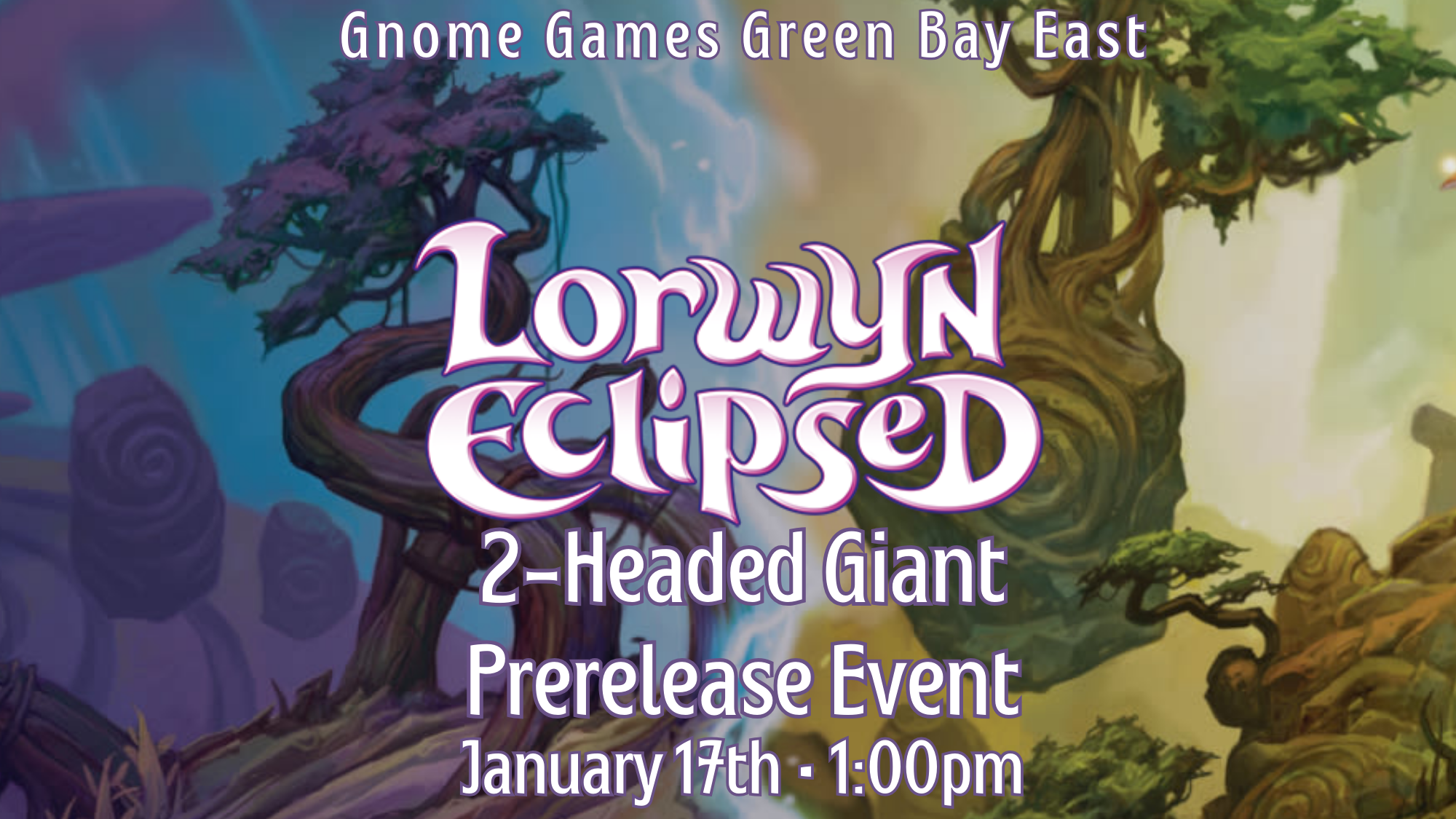
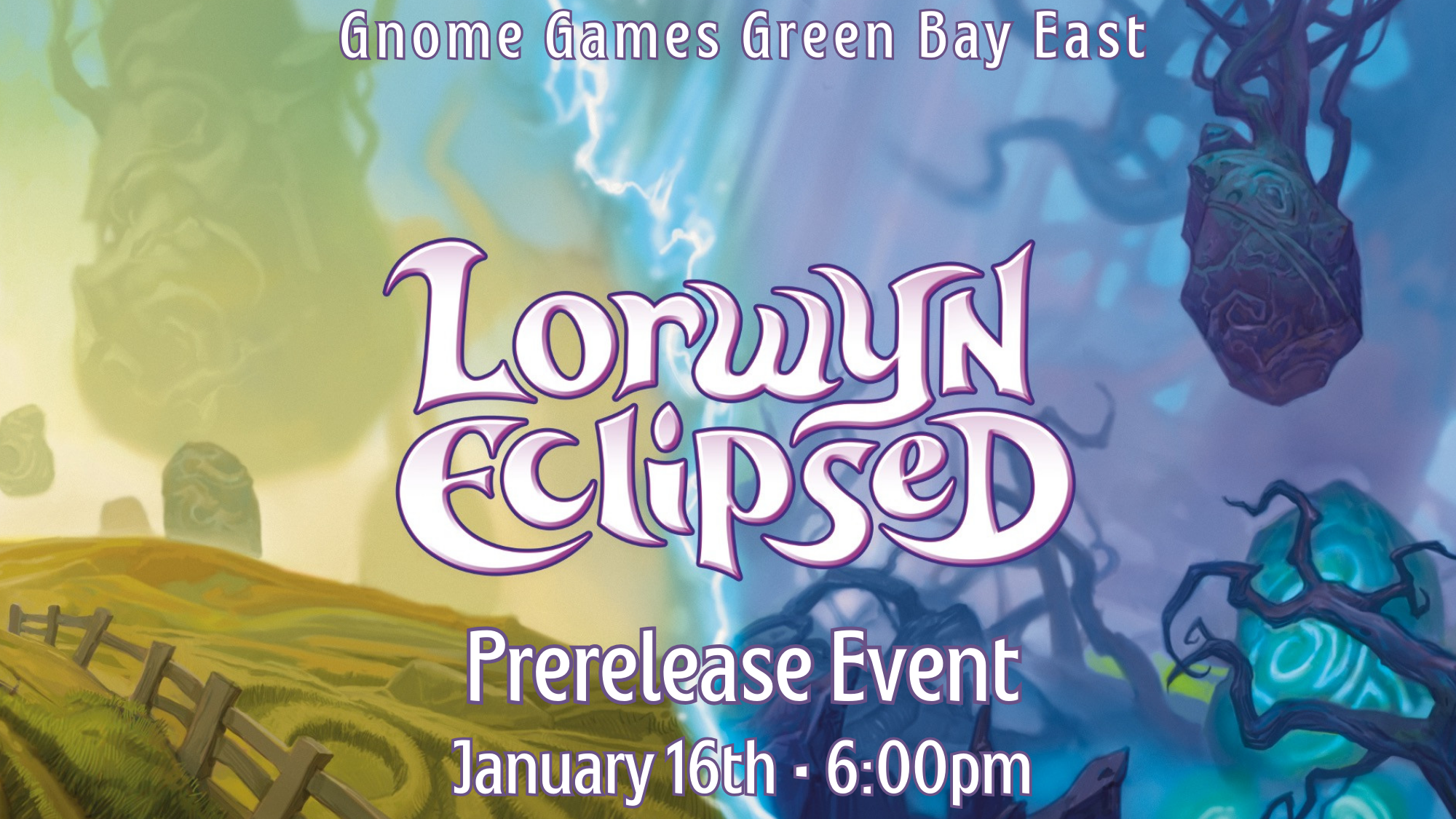

![Flash of Radiance [ST08]](https://www.gundam-gcg.com/gcg/bccard/en/news/2025/11/05/vzh6LzoLKlbFYT7X/st08_thumbnail_en.webp)
![Celestial Drive [ST07]](https://www.gundam-gcg.com/gcg/bccard/en/news/2025/11/05/kibyx4Caf6LYqO3U/st07_thumbnail_en.webp)

